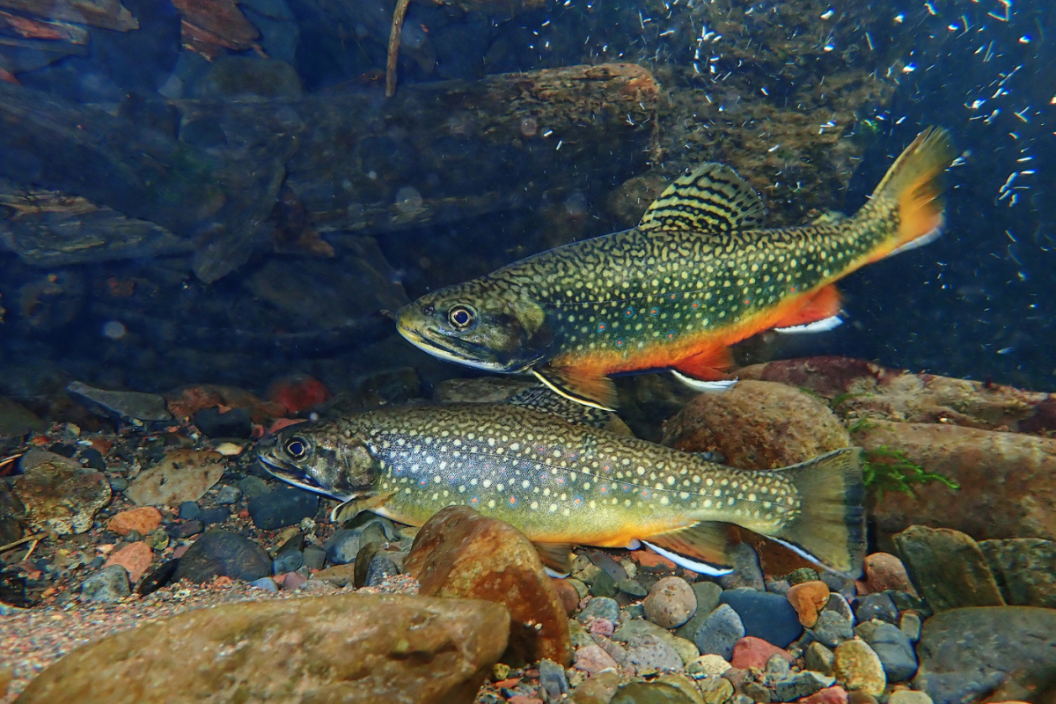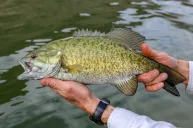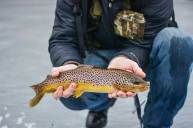Generations of secrets are locked inside the cells of the glimmering brook trout that call the Adirondacks home. A blended team of curious scientists and anglers has been working together to uncover those secrets hidden within trout DNA.
The work of this coordinated crew begins in the mountain's burbling brooks and ends in a laboratory. Trout Power—a group of passionate citizen scientists—has spent the last five years catching brook trout and fin samples, then submitting those samples for genetic testing at the State University of New York at Albany. Trout Power works in cooperation with Dr. Spencer Bruce of SUNY Albany. Trout Power handles specimen collection while Bruce handles the genetic testing.
Understanding Fish DNA
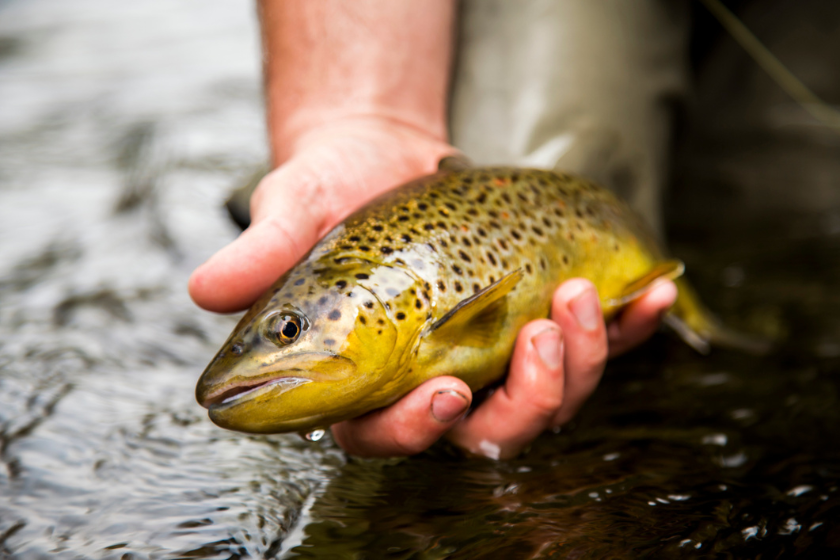
Steve Hurst, Chief of the Bureau of Fisheries in the Division of Fish and Wildlife for the New York Department of Environmental Conservation, said that the goal was to collect DNA samples from fish that will be used to form a more nuanced understanding of what genetics are swimming in the waters.
"They looked at the genetic makeup of those fish to answer a few questions," Hurst said. "Was there any introgression of hatchery trout genes in those fish? Not that we stocked on top of them but there were hatchery fish stocked in that drainage at some point many years ago. Which there was no introgression in. They also wanted to see the level of uniqueness in those fish."
Introgression is the transfer of genetic material from one species into the gene pool of another species. Introgression is a long-term process, and it may take many generations. Heritage strain brook trout refers to strains that have not been affected by introgression of stocked brook trout strains. Trout Power's work focuses on discovering any previously unknown strains of heritage brook trout that still exist.
Most recently, the group met to fish and collect samples from the waters surrounding Great Camp Sagamore in the heart of the Adirondacks. The Sagamore strain was found to have some specific properties that separate it from other similar native strains.
"The allelic richness is very high," Hurst said. "It has really good evolutionary potential. In other words, it is probably a more adaptive fish."
Allelic richness refers to a measure of genetic diversity indicative of a population's long-term potential for adaptability and persistence. A strain of trout with a high measure of allelic richness would have a better chance of adapting to a changing climate than, for example, a stocked strain without the same measure of allelic richness.
Tracking Trout Health
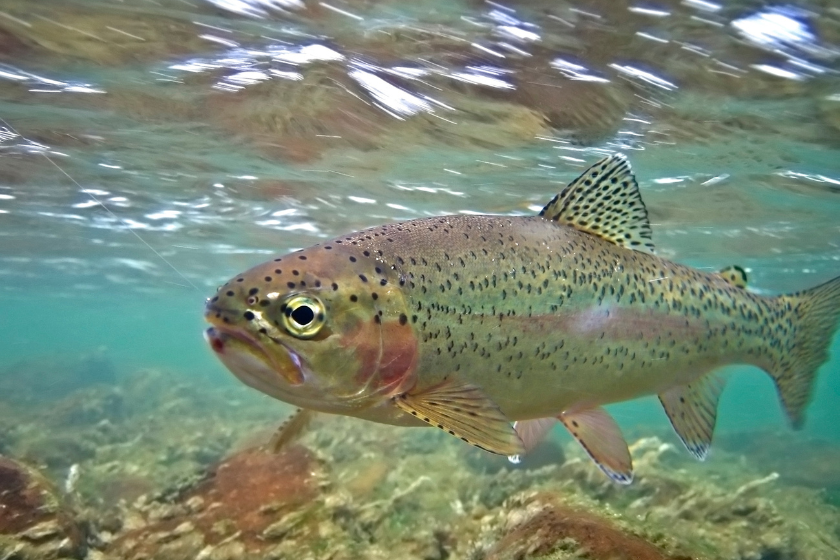
Brook trout are an important species in New York. Beyond being recognized as the state fish, they are one of the few species that are native to the state. They are also considered an indicator species, meaning the overall health of a brook trout population reflects the overall well-being of a riparian ecosystem and can serve as a benchmark for changes. In the future, the health of trout populations can help gauge the impacts of climate change in the Adirondacks and give insight into what is going on in the environment.
Long term climate change is expected to have an effect on wildlife populations, and brook trout are not exempt. But this discovery might be able to equip the Adirondack Mountains with a sturdy strain of native brook trout likely to adapt to environmental changes.
"As DEC faces management challenges down the road, such as climate change for instance, one of these strains of fish may be potentially better suited to survive than another strain," Hurst explained. "If we have to stock waters with fish maybe we would use one strain over the other based on those genetic characteristics."
As for now, the brook trout genetic data is still in the collection phase.
"DEC may use this information to inform decisions," Hurst said. "The more we know and the better informed we are, the better management decisions we can make. This is novel science at this point in time. Will it make a huge difference in management? We don't know at this time."
Hurst and his team are currently in the process of drafting a new state brook trout pond management plan, which has not had an overhaul since the 1970s. The new plan is expected to be released next year.
